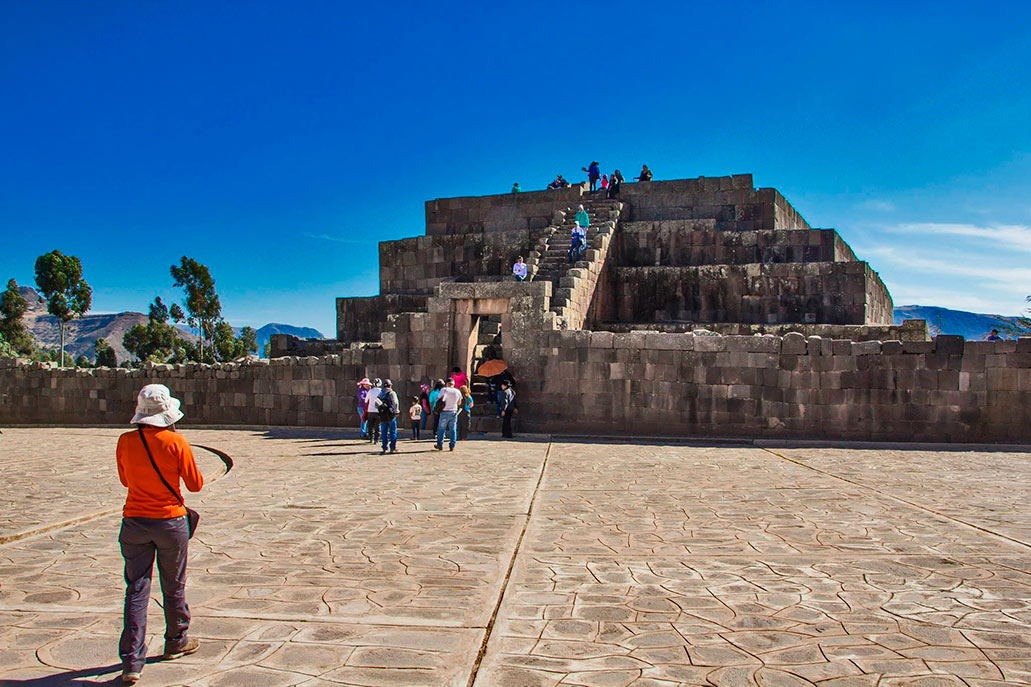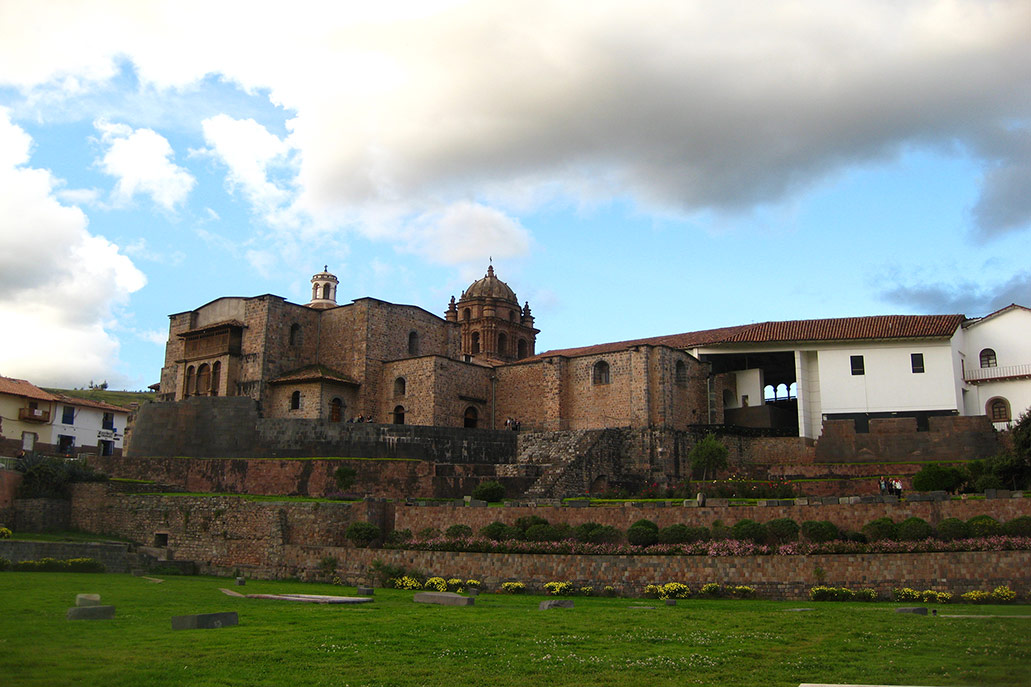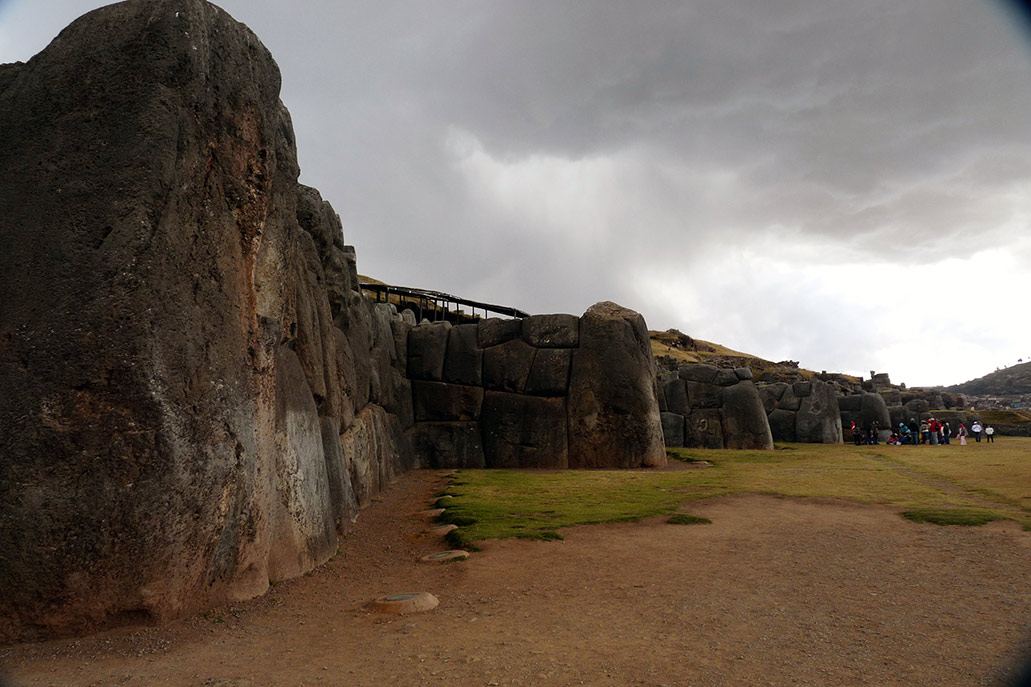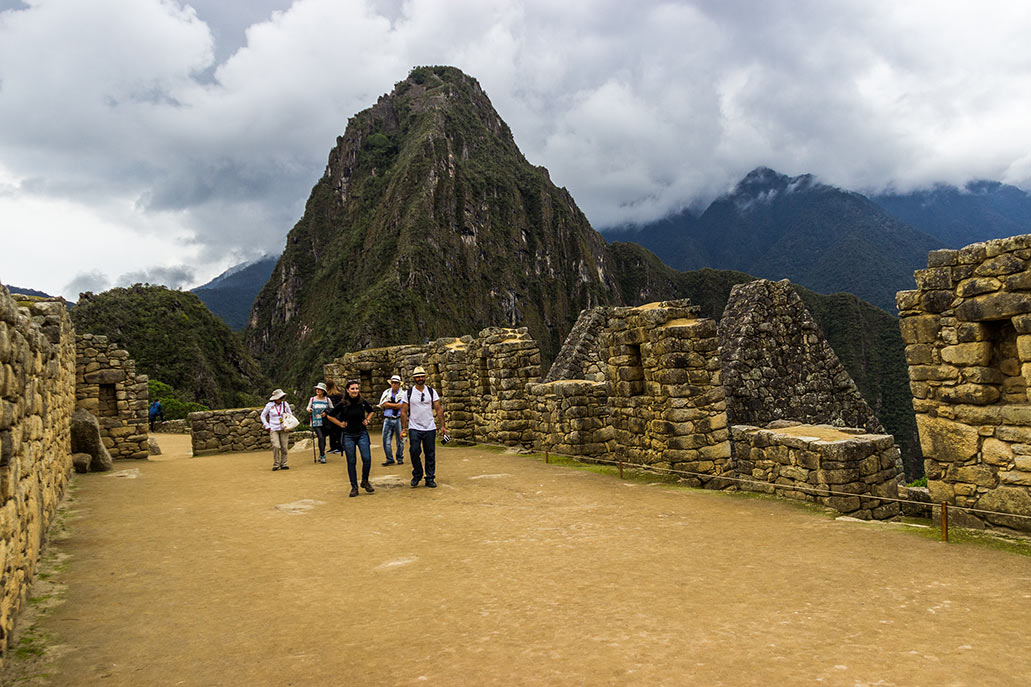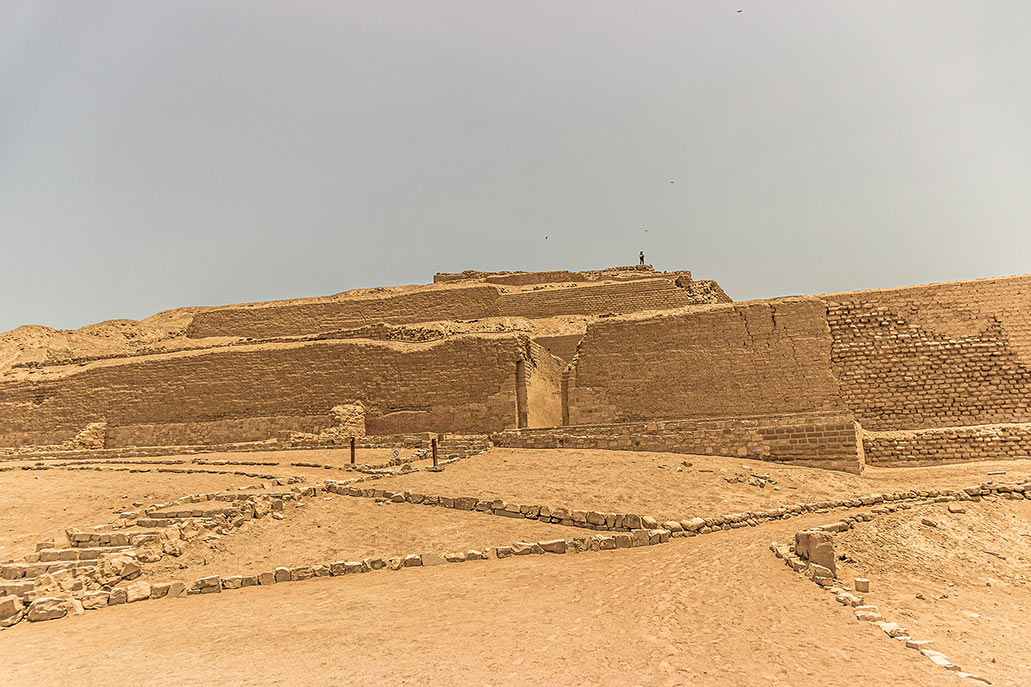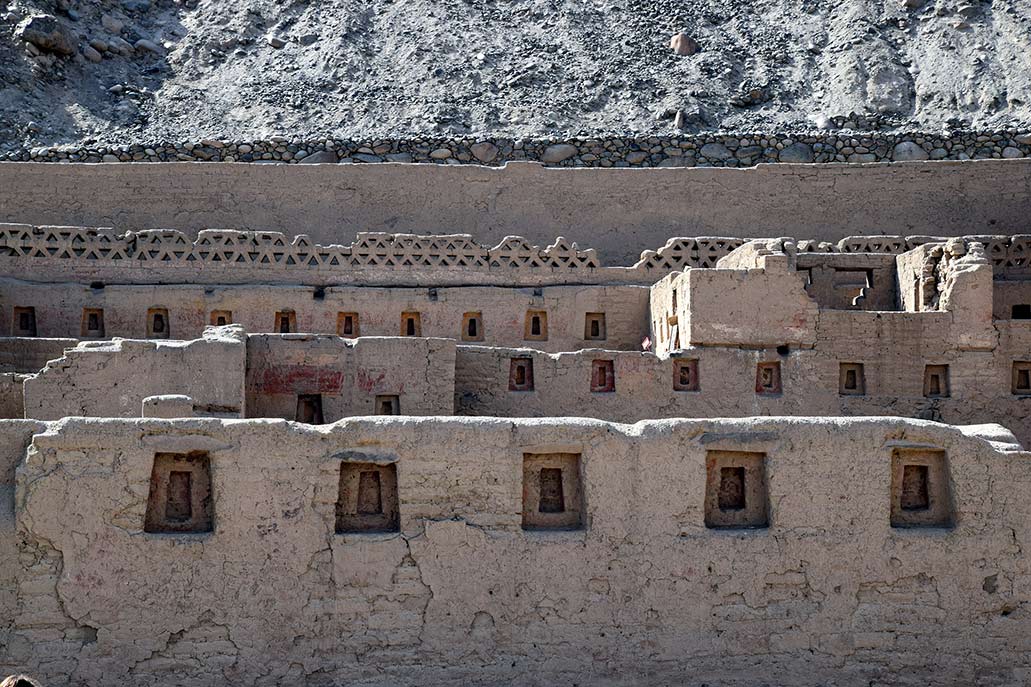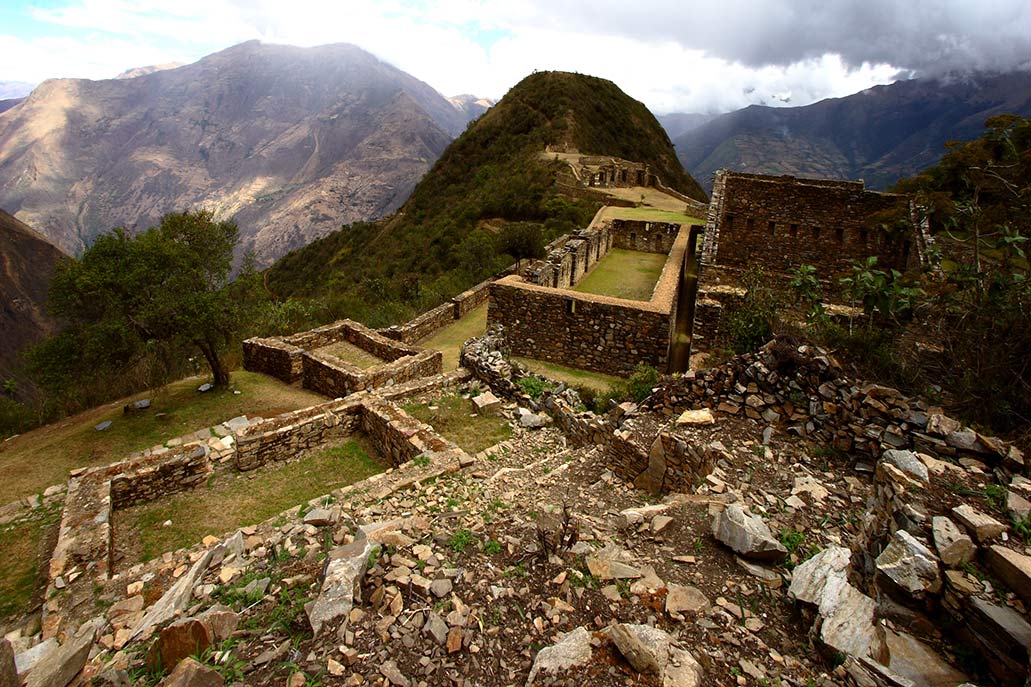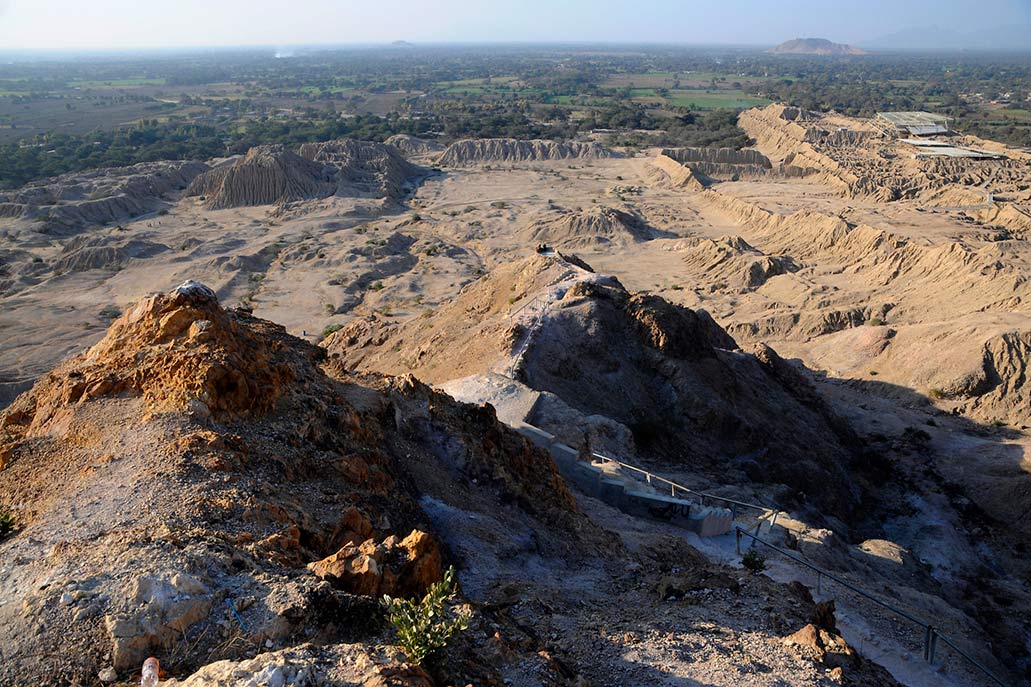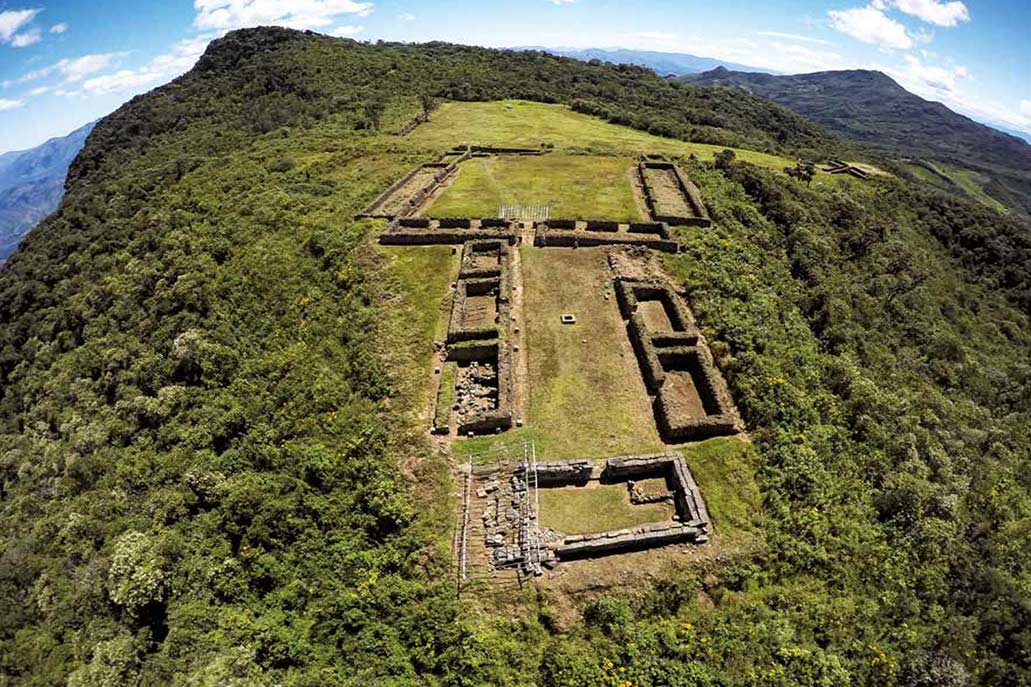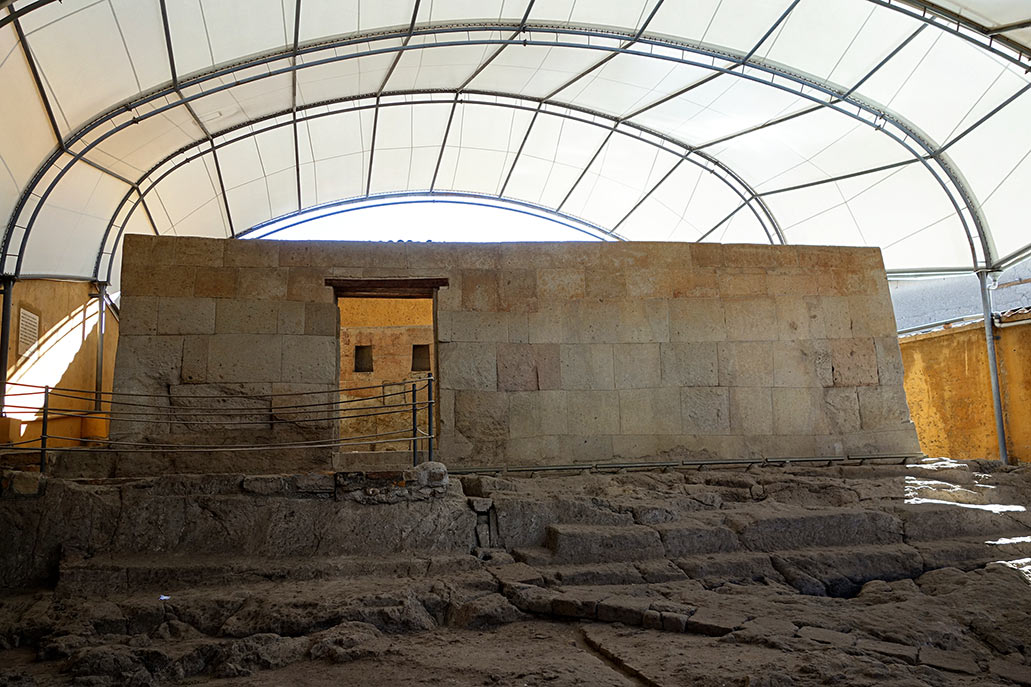The 10 most important Inca sites in Peru
The Inca civilization settled in almost the entire Peruvian territory in a period of almost three centuries (from the thirteenth to the sixteenth century). Its capital was the city of Cusco, where its most important stone constructions are located. However, after its great expansion, it conquered the entire Andes Mountains, the coast and part of the jungle. Today, their footprints are in different regions such as Lima, Ica, Ayacucho, Apurímac, La Libertad, Lambayeque, Piura and more. Get to know the most important Inca sites in Peru!
Content
Cusco, the capital of the Inca empire – The city of Cusco was the capital of the Inca empire. Consequently, the main temples and citadels made by the Incas are located there. The most important, without a doubt, are Coricancha, Sacsayhuamán, Choquequirao and Machu Picchu. However, there are many more. It is worth noting Inca sites that today are very famous historical tourist attractions: Pisac, Chinchero, Ollantaytambo, Moray, Tipón, Qenqo, Pucapucara, Tambomachay, Waqrapukara and more. Cusco is an unmissable historical destination!
Coricancha
Coricancha was the most important Inca temple in the entire Tahuantinsuyo empire (empire of the four of them). It was the main worship of the sun and other Inca gods, such as the moon, stars, lightning and the rainbow. It was built with the finest stone walls. No other Inca temple (not even Machu Picchu) has the great architecture and perfection of this temple located in the heart of the city of Cusco.
The Coricancha had shrines made of gold, silver and precious stones. These were looted in the 16th century upon the arrival of the Spanish. On its walls they built the church and convent of Santo Domingo. However, the Spanish structures were damaged during the earthquakes of 1650 and 1950. The Inca walls, despite the time, remain undamaged. Today the Coricancha combines two structures: the Inca and the Spanish.
- Location: Ahuacpinta Street 659 – A, Cusco.
- Visit price: General admission costs 15 Peruvian soles per visitor.
Sacsayhuaman
Sacsayhuamán is one of the most amazing Inca buildings in Peru. Even in 2023, visits to this Inca site doubled visits to Machu Picchu. It is a sacred place, where the Incas showed their great perfection in architecture. There they carved and molded stones weighing more than 120 tons as they pleased. How they did it? With hard work by thousands of people to achieve a sacred site for posterity.
Sacsayhuamán has plazas, staircases, warehouses, ceremonial centers and more. Buildings such as the veryucmarca, the sallacmarca, the paucamarca and more stand out. In the 16th century, the Spanish fought the Incas there, destroying much of their buildings except for the solid stone walls. This important archaeological site is just 5 minutes by taxi from the city center of Cusco.
- Location: Circunvalación Road s/n, 2 kilometers from the center of the city of Cusco.
- Visit price: Entry with the Cusco Tourist Ticket (70 soles for foreigners and 40 soles for Peruvians). This ticket also allows you to visit Qenqo, Pucapucara and Tambomachay.
Machu Picchu
Machu Picchu is one of the best tourist destinations in the world. It was an Inca citadel destined for the worship of the gods, agricultural production and a strategic citadel on the Inca limits with the jungle region (the Antisuyo). Approximately 300 to 1,000 people lived there. Although it was not as important as Coricancha or Sacsayhuamán, today it is the most famous Inca site on the planet.
Machu Picchu was built approximately in 1450 by orders of Emperor Pachacutec. To worship their gods they built important temples such as the Intihuatana, the Temple of the Sun, the Sacred Rock, the Temple of the Condor and more. In the 16th century it was abandoned until the American explorer Hiram Bingham arrived there in 1911 and made its existence known to the world. Since then its popularity grew until it became one of the 7 Wonders of the Modern World.
- Location: Hiram Bingham Highway s/n, Machupicchu town (Aguas Calientes).
- Visit price<: The entrance costs 152 soles for foreigners, 77 soles for students and 64 soles for Peruvians, Ecuadorians, Bolivians and Colombians.
Pachacamac
The sanctuary of Pachacamac was the most important oracle of the Incas on the coast of the empire. It is located south of the city of Lima, in the Lurín valley. Its origins date back to previous times of the Incas as it was also worshiped by the Lima culture, the Wari culture and, before the Incas, the Ychma. However, Pachacamac reached its splendor during the Inca empire, until the sudden arrival of the Spanish in the 16th century.
In Pachacamac the Incas built important temples such as the Temple of the Moon (Acllahuasi), the Temple of the Sun, the building of Tauri Chumpi (governor), the Plaza de los Peregrinos and more. Upon the arrival of the Spanish, Pachacamac was sacked. However, local residents continued to consider it a sacred site. Today it is one of the most important museums and archaeological sites in Peru.
- Location: Antigua Panamericana Sur kilometer 31.5, Lurín – Lima.
- Visit price: General adult 15 soles, university students 5 soles, children under 18 years old 1 sol.
Tambo Colorado
Tambo Colorado was an Inca citadel located in the Ica region on the right bank of the Pisco River on the Peruvian coast. Despite its difficult and arid geography, it is in a good state of conservation. Its walls and enclosures are made of adobe. It was important as an Inca urban center in the new territories conquered on the coast. It owes its name to its reddish hue, although it is also called Pucullacta or Pucahuasi.
It was built in 1474 (during the government of Pachacutec), although there are buildings of pre-Inca origin. It is made up of a trapezoidal plaza, circular platforms (ushnus), pyramids, colcas, homes of chasquis (messengers), army accommodation and more. Tambo Colorado communicated with the rest of the empire through the qhapac ñan (Inca roads). It is considered Cultural Heritage of the Nation.
- Location: Avenida Libertadores 880, Pisco – Ica.
- Visit price: Adults in general 5 soles, university students 2 soles and schoolchildren 1 sol.
Vilcashuaman
Vilcashuamán was an administrative center, citadel and Inca ceremonial site in the Ayacucho region, where fierce enemies such as the Chancas and the Pocras previously reigned. Its name comes from the Quechua language and means ‘Sacred Falcon’. It is located at 3,490 meters above sea level. Like Ollantaytambo, a town of Inca origin is preserved around Vilcashuamán. It is one of the best preserved Inca enclosures outside of Cusco.
Vilcashuamán has typical Inca architecture with stone buildings, enclosures, roads, a temple of the sun, ushnus (pyramids), a central plaza and even a ceremonial throne that, it is believed, was the seat of the Inca (which was covered in gold). At the top of the temple of the sun, the Spanish built the church of San Juan Bautista at the end of the 16th century. Today both structures, the Inca and the colonial, survive.
- Location: In the town of Vilcashuamán, 102 kilometers from the city of Ayacucho.
- Visit price: General admission 8 soles.
Choquequirao
Choquequirao is also called the sacred sister of Machu Picchu due to its resemblance to the Inca citadel. Like Machupicchu, it is an Inca citadel and religious center located in a rugged high mountain geography (at 3,033 meters above sea level). It is located in the Apurímac canyon, between the Cusco and Apurímac regions. It has plazas, colcas (warehouses), platforms, homes, pyramids, temples and even an Inca cemetery.
To visit Choquequirao you must take a 2-day hiking route for the outward leg and another 2 days for the return leg. The walk is arduous due to the mountainous geography (32 kilometer walk for each section. Once there, the prize will be an immense Inca citadel for the few tourists who completed this route. Its name, translated from the Quechua language, means ‘Cradle of gold’.
- Location: In the high mountains north of the Apurimac River. It belongs to the district of Santa Teresa, province of La Convencion in Cusco.
- Visit price: 60 soles for general adults, 30 soles for university students and 25 soles for children.
Tucume
The archaeological site of Túcume is located 33 kilometers from the city of Chiclayo on the northern coast of Peru. It is an administrative and ceremonial center occupied by the Incas after passing through other civilizations such as the Lambayeque and the Chimú. The Incas, in the 15th century, took over this area by building adobe walls and enclosures. For the arrival of the Spanish, the site was abandoned and part of its buildings destroyed.
The archaeological site of Túcume stands out for its pyramids (up to 26 were recorded), of which the following stand out: the Huaca Grande, the Huaca Mirador, the Huaca de las Estacas, the Huaca Larga, the Huaca Pintada and the Huaca de las Balsas, all of them. Built before the Incas. However, at the foot of each platform there are Inca buildings and even a cemetery. Túcume is considered Cultural Heritage of Peru. It has a nice on-site museum.
- Location: Campiña de San Antonio s/n, La Leche valley, 33 kilometers from the city of Chiclayo.
- Visit price: 8 soles for adults, 3 soles for university students and 1 sole for children.
Aypate
The archaeological site of Aypate is the most important historical vestige of the Piura region. It is located approximately 49 kilometers from the city of Ayabaca, on the Aypate hill, in the region’s mountains. It was an important administrative center with rustic and solid stone buildings. These buildings are located within a radius of 2 kilometers. Due to its importance, it is declared a Regional Historical Sanctuary and Archaeological Capital of the Piura region.
Aypate is made up of terraces, control buildings, colcas (warehouses), pyramids and plazas. A main pyramid-style platform called ‘Pyramid of the Moon’ stands out. During the Inca era it played an important role as a control center through the qhapac ñan route (Inca roads) that connected with the city of Quito. Due to the rains and the passage of time, the place is at risk. Even so, it continues to receive a high number of visitors.
- Location: In the town of Aypate, province of Ayabaca, Piura region in northern Peru.
- Visit price: General admission 14 soles.
- Location: Amalia Puga Street 750, Cajamarca.
- Visit price: General adult 5 soles, university student 2 soles.
The rescue room
The rescue room, although it is not an archaeological site with several buildings, is the most important Inca building in Cajamarca and one of the most visited in Peru. It is a carved stone enclosure just 50 meters from the city’s Plaza de Armas. It is made up of a stone room 11.80 meters long by 7.30 meters wide and 3.1 meters high. It is estimated that it receives around 60 thousand visitors a year.
The rescue room is famous because that is where Emperor Atahualpa was taken prisoner by the Spanish armies led by Francisco Pizarro. The fourth has phrases from chroniclers that give an account of Atahualpa’s prison from 1532 to mid-1533. All the gold and silver that was offered for the Inca’s ransom arrived there. It is the only Inca building in the city of Cajamarca. Some structures are in poor condition.
By Machupicchu Terra – Last updated, February 29, 2024
